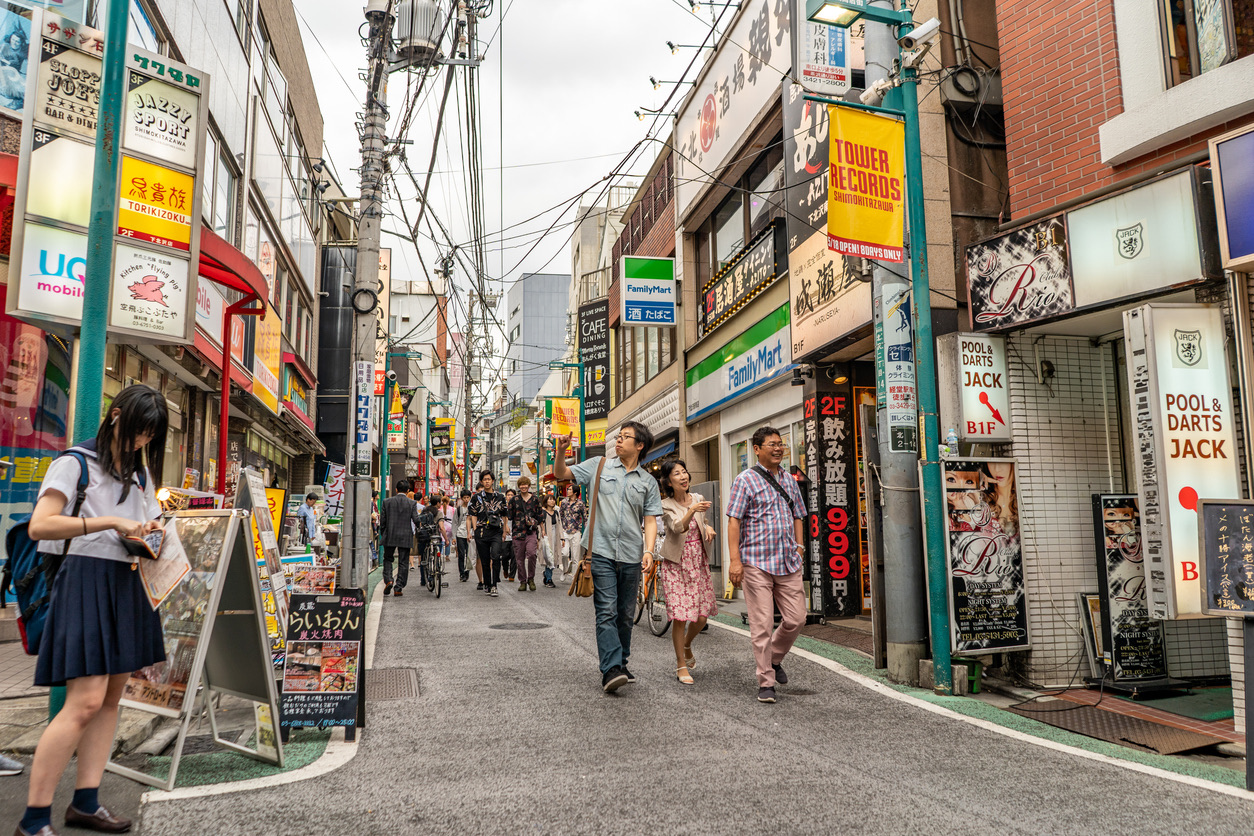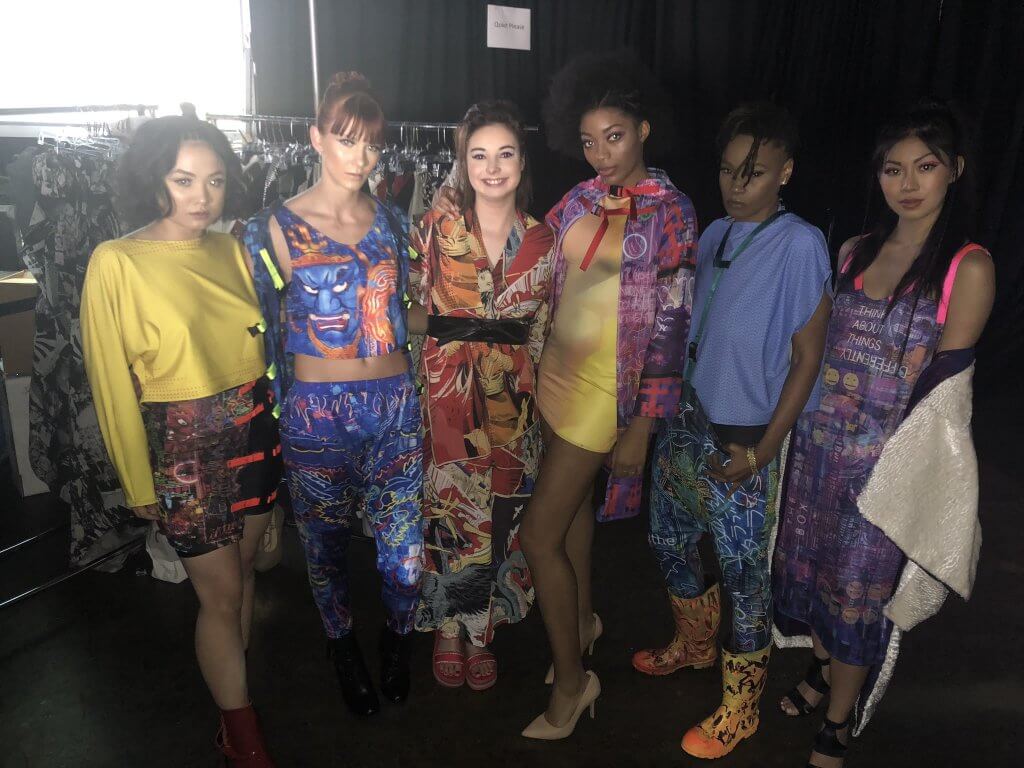Welcome to the Side Streets of Style
Forget the sterile runways and mainstream mall racks—Japanese street style is a world that lives and breathes in the alleys of Harajuku, the neon glow of Shibuya, and the overlooked corners of Osaka. It’s not about trends—it births them. It’s a rebellious whisper in a world of loud conformity. And we’re diving straight into its heart.
So, grab your best pair of platform boots or your thrifted bomber—you’re about to discover the underground styles shaping the global fashion pulse, one oversized silhouette at a time.
1. Urahara: The Rebellion that Changed the Game
Let’s rewind to the 1990s. Deep in the backstreets of Harajuku, or “Urahara,” a quiet fashion revolution was brewing.
Imagine a teen flipping through old American zines, bootlegging hip-hop tapes, and hand-painting graphic tees that would later become collector’s items. That teen might’ve been Nigo (of A Bathing Ape) or Hiroshi Fujiwara (the godfather of Japanese streetwear). Together, they didn’t just follow street style—they redefined it.
Urahara wasn’t polished. It was DIY. Think raw denim, layered vintage military pieces, punk-infused Americana, and an attitude that screamed, “I don’t care if you get it.”
Today? That DNA (Japanese street style) still pulses through Tokyo’s underground.
2. Techwear: Tokyo’s Blade Runner Core
Step into Akihabara on a rainy night, and you’ll spot it: cyberpunk ninjas walking among vending machines, wrapped in matte black layers, reflective tape, and pocket-heavy jackets.
This is techwear, Japan’s gift to futuristic function meets fashion. Born from utility and embraced by gamers, bikers, and designers, it’s equal parts Ghost in the Shell and guerrilla streetwear.
Labels like Guerrilla-Group and Acronym-inspired local brands are pioneering this scene, making garments that are weather-resistant, modular, and undeniably dystopian-chic.
Real talk? It’s fashion that makes you feel like you’re on a mission—even if you’re just grabbing ramen.
3. Gender-Fluid Layering: Where Identity Blurs
In Japan, fashion has long been an escape from gender norms—and nowhere is that more visible than in the underground scene.
Walk through Shimokitazawa or Koenji, and you’ll see boys in skirts, girls in workwear overalls, androgynous figures wrapped in oversized knits and antique kimonos. It’s a statement without shouting.
This isn’t performative. It’s just expression. No rules. No binary. Just layers on layers—loose silhouettes, mixed textures, and a kind of quiet power that’s as artistic as it is political.
One of my favorite moments? Seeing a teenager pair a floral yukata with Doc Martens and a Balaclava in Nakano Broadway. No explanation needed. Just vibes.
4. Gyaru Revival: Glitter, Attitude, and Nostalgia
Remember the 2000s Gyaru girls? The tanned skin, blonde curls, impossibly long nails, and platform sandals?
Well, they’re back—but now with a twist of irony and TikTok-fueled resurgence.
Neo-Gyaru embraces the glam and chaos of the original look but tones it down for a new generation. It’s nostalgic, campy, and unapologetically extra. From egg magazine throwbacks to thrifted Alba Rosa pieces, this revival screams confidence and subculture loyalty.
And yes, the lashes are still insane.
5. Punk Goes Kawaii: The Cutest Anarchy You’ll Ever See
What happens when soft girl aesthetic collides with post-punk rage? Welcome to the world of Punk-Kawaii.
Here’s the setup: bubblegum pink hair, teddy bear earrings, and… a spiked choker. Oversized sailor uniforms with safety pins. Platform Mary Janes paired with fishnets.
This scene thrives in Harajuku’s alleyways and underground clubs like Trump Room, where fashion isn’t just worn—it’s performed. It’s rebellion dressed in pastels, subversion through sweetness.
If you’re into aesthetic whiplash (in the best way), this style is your new obsession.
6. The Power of Thrift: Koenji’s Secondhand Scene
While luxury brands play a part in Japan’s fashion identity, the underground scene? It lives off thrift gold.
Places like Koenji and Shimokitazawa are treasure troves. Vintage American jackets. Retro anime tees. Old-school adidas shells with kanji patches sewn by hand.
It’s not about label flexing. It’s about curation. Every piece has a story. A past life. A found family in your closet.
Fashion here isn’t bought—it’s hunted. And that thrill? Addictive.
7. Final Thought: Wear the Streets, Not the Trends
Japanese street style isn’t something you copy from Pinterest. It’s a conversation, a collage, a coded language that says, “This is me, unfiltered.”
What makes it so magnetic is that it doesn’t care what the outside world thinks. It’s deeply personal, fiercely expressive, and endlessly evolving.
So if you’re looking to explore Japanese fashion, skip the sanitized tourist version. Get lost in the alleyways, talk to local designers, dig through used bins, and watch the street—not the billboards.
Because that’s where real fashion lives.
👘 Stay Curious
If this peek into Japan’s underground street fashion stirred something in you, stick around. We’re just getting started.
From runway rebels to secondhand samurais, Japan’s streets are brimming with stories—and outfits—that the world is only beginning to catch up with.


